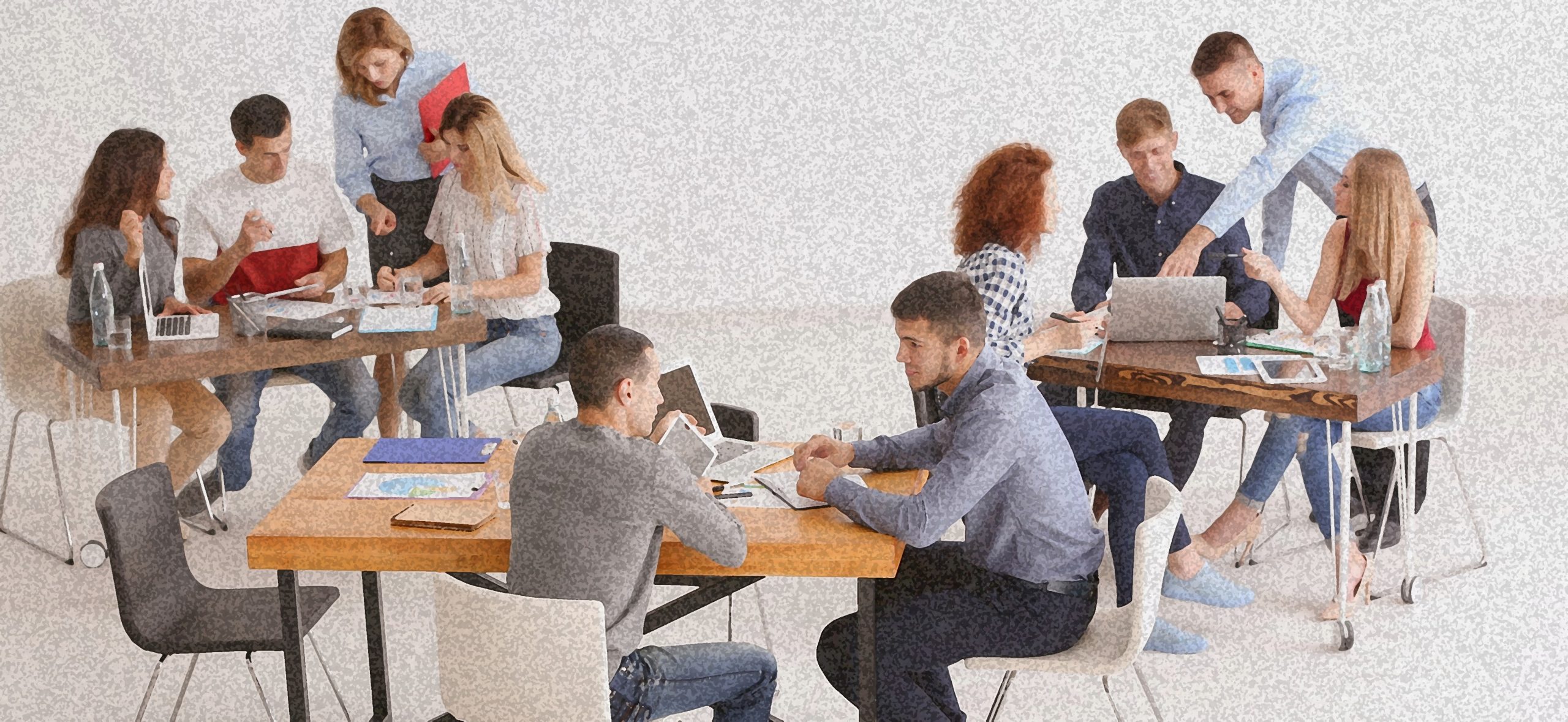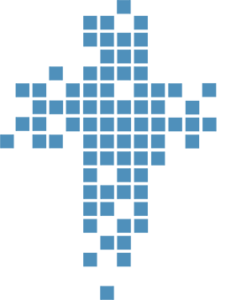(Part two of a two-part series)
The previous blog focused on the “how” of professional learning (PL) as researched and proposed by Heather Hill and John Papay in Building a Better PL: How to strengthen Teacher Learning, with a primary focus on well-structured collaboration, good coaching, and timely follow up meetings as the key components to good PL. But as we know, the “how” without the “what” leaves us filling space with content that is irrelevant to the work, which educators then often view as a time waster. Hill and Papay go on to explain elements to include in building a better PL environment and the evidence to support their suggestions.
Connected to the “how’ of encouraging peer collaboration for improvement is the “what” of focusing more on subject-specific instructional practices, rather than PL that emphasizes content knowledge. When teachers are taught to collaborate on their day-to-day teaching practices with a safe non-evaluative accountability built into the model, teachers tend to be more willing to try one of these new practices in their own classrooms and return to the group/PLC for feedback. It is important to note that this type of peer-to-peer collaboration has the biggest impact when it centers on shared goals meant to improve teacher practice which collectively then meets the needs of the students served. This is known as collaboration for improvement and not simply collaboration as a structural reform.
Connected to the “how” of relying on coaching to get the work done is the “what” of prioritizing practice-supportive materials over principles and precepts. Hill and Papay suggest the best coaching is personalized to the teacher’s needs, starting with existing practices and working toward integrating new instructional practices that will lead not only to personal growth but also to student growth.
Lastly, connected to the “how” of timelier follow up meetings to address teacher concerns is the “what” of teacher driven follow up sessions. In those sessions, the teacher is provided the opportunity to discuss the new strategies and design principles as each was applied in his/her classroom, which opens up the door to tweak the delivery to match the needs of the current students in the classroom. This, coupled with PL that focuses on building relationships with the students to ensure instruction is meeting their learning needs, will result in enhanced student outcomes.
While there is no one size fits all professional learning model that exists today, what is laid out here are some best practices that have been shown to be effective in STEM fields and ELA. We would love to learn from you. What is working in your school? What type of professional learning opportunities have you found to be successful in improving teacher practice and student outcomes?


